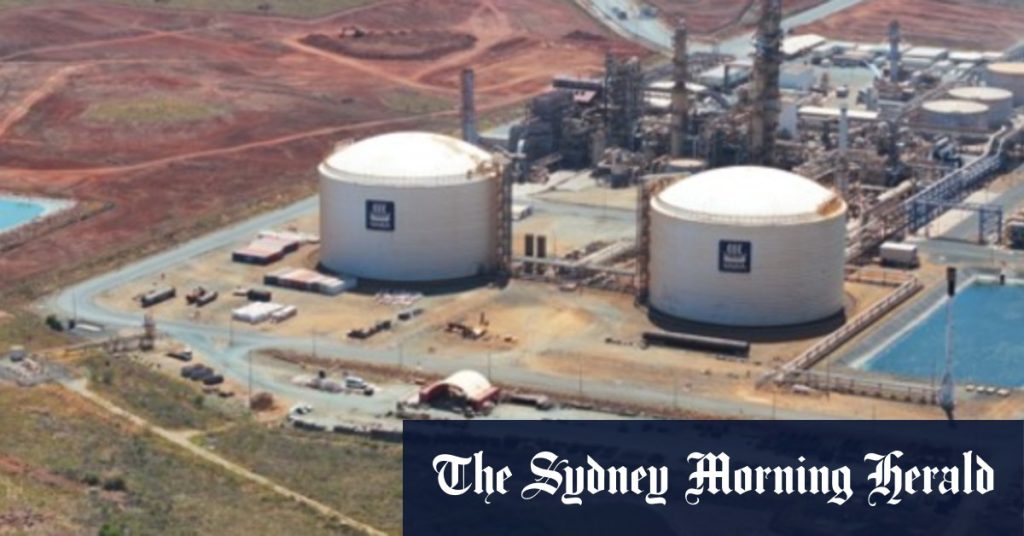Woodside and Yara are collaborating on a project to bury carbon emissions from Yara’s fertiliser plant located in the Pilbara region of Western Australia. Yara’s plant, located on the Burrup Peninsula near Karratha, is a significant carbon polluter, emitting 1.5 million tons of carbon dioxide annually as it produces ammonia for fertilisers and explosives. Yara’s plant is responsible for about five percent of global ammonia trade, producing 840,000 tons of ammonia per year. To reduce emissions from its plant, Yara is looking to implement carbon capture and storage (CCS) technology, which could potentially cut emissions by 75 percent.
Yara Pilbara general manager Laurent Trost highlighted the importance of CCS in reducing emissions from the ammonia plant and nearby explosives plant. Ammonia production involves splitting gas into carbon dioxide and hydrogen, then combining hydrogen and nitrogen to create the final product. Yara is also investing in a pilot plant to produce green, emissions-free hydrogen from water using renewable energy sources. While renewable energy is an exciting prospect for the future, Trost emphasized the immediate need for CCS to meet the company’s emissions targets in the short to medium term. Yara has set a goal of reducing carbon pollution by 30 percent by 2030 across its global operations.
Woodside and Yara recently announced their joint investigation into the feasibility of storing Yara’s emissions in a depleted gas field located 175 kilometers north of Dampier. The permit for this storage site was awarded in 2022 and is owned by Australia’s largest oil and gas company, Woodside, along with joint venture partners BP, Chevron, Shell, and the Mitsubishi and Mitsui-owned MIMI, each holding a 20 percent stake. With further technical study, this storage site has the potential to store up to five million tons of carbon pollution per year. This collaboration between Woodside and Yara represents a significant step towards reducing carbon emissions from industrial operations in the region.
The partnership between Woodside and Yara is part of a broader effort to address carbon emissions from industrial processes and explore innovative solutions for carbon capture and storage. By leveraging CCS technology, companies like Yara can significantly reduce their carbon footprint and work towards achieving sustainability goals. The use of green hydrogen produced from renewable sources further demonstrates a commitment to transitioning towards cleaner energy production. These initiatives not only benefit the environment but also contribute to a more sustainable and resilient industrial sector.
The storage of Yara’s emissions in the depleted gas field represents a novel approach to addressing carbon emissions from industrial activities. By storing carbon underground, companies can effectively mitigate the impact of their operations on the environment. This collaboration between Woodside and Yara showcases the importance of partnerships in driving sustainable solutions and fostering innovation in the energy sector. As companies and governments around the world increasingly focus on reducing carbon emissions, initiatives such as this provide a model for future collaborations and advancements in the field of carbon capture and storage.
With a shared commitment to reducing carbon emissions, Woodside and Yara are paving the way for a more sustainable future in the industrial sector. By investing in technologies such as CCS and green hydrogen production, these companies are setting an example for others in the industry to follow. The joint investigation into storing Yara’s emissions in a depleted gas field highlights the potential for creative solutions to address carbon pollution and move towards a cleaner, more environmentally friendly approach to industrial production. As global efforts to combat climate change intensify, partnerships and initiatives like this will play a crucial role in driving progress towards a low-carbon economy and a more sustainable future for all.


